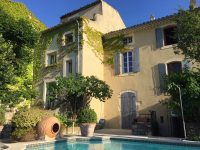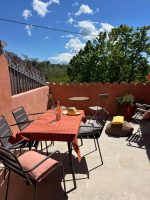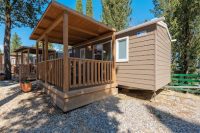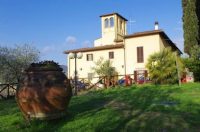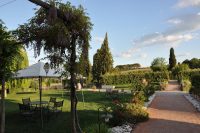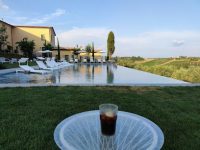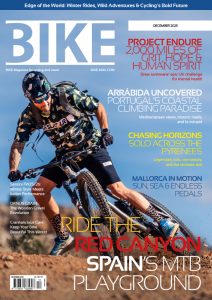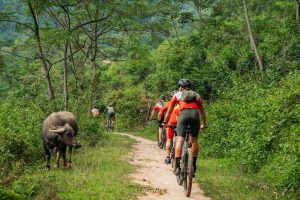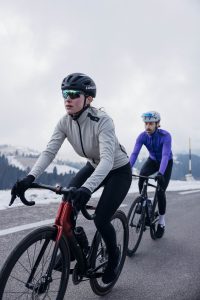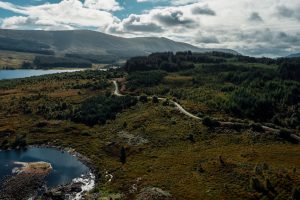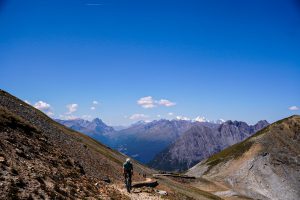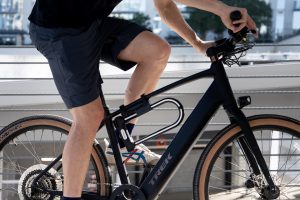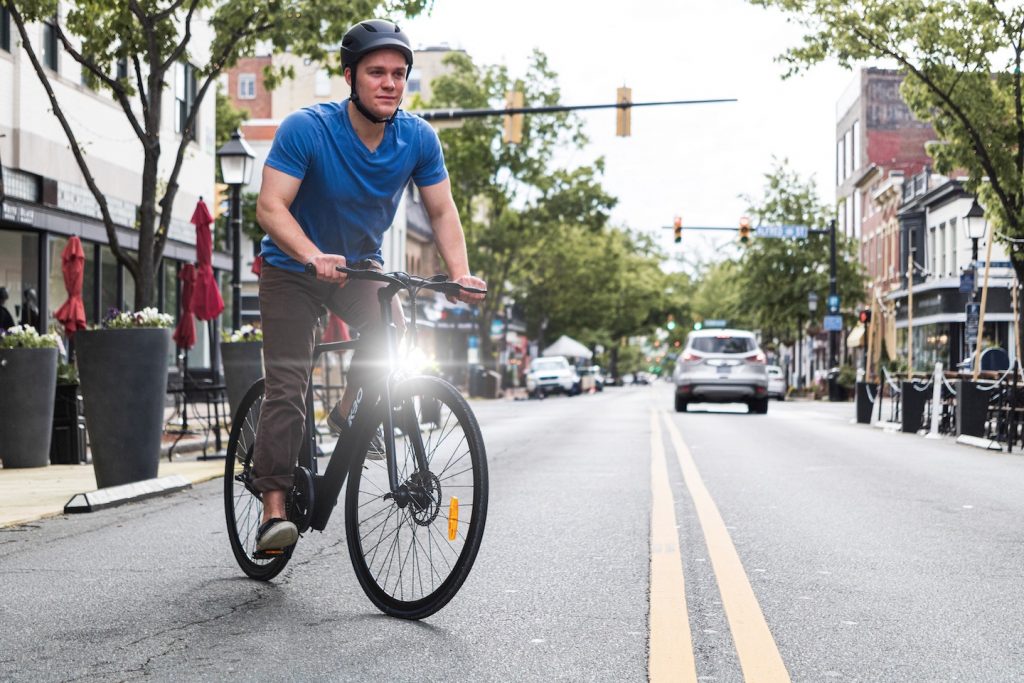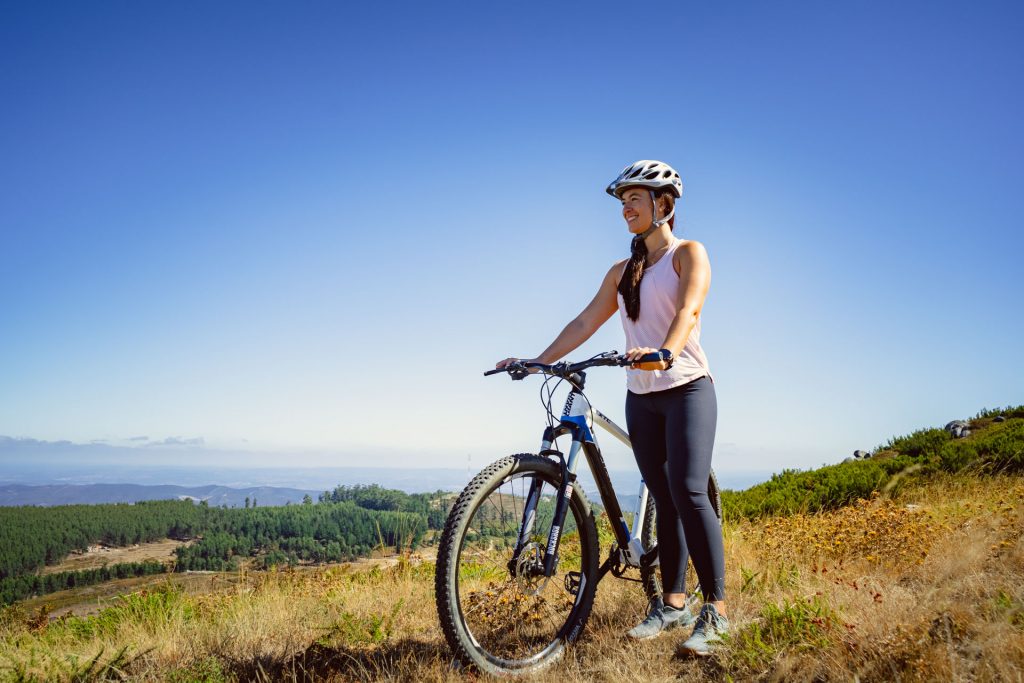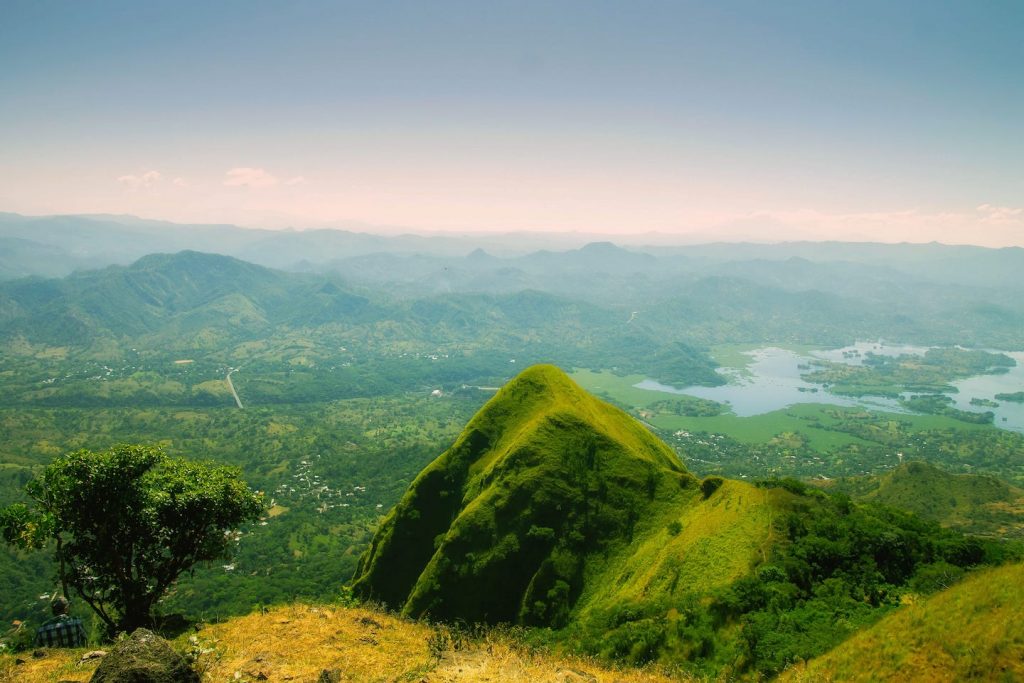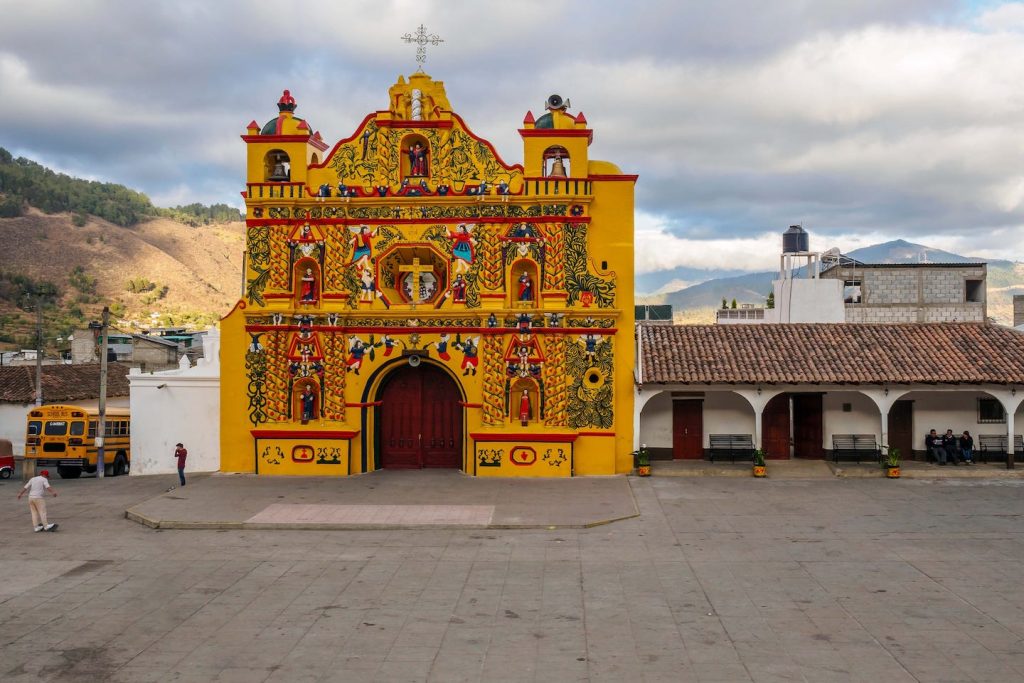The sun was setting as I followed the road winding up the volcano, but it didn’t matter how many turns I made, the summit was not coming into sight. ‘Richness comes with struggle’ – I repeated those words in my head like an incantation, surprised that I had managed to form a thought between my ragged breaths. I was cycling at 5,000m and my body was desperate for oxygen; I began to muse over the symptoms of altitude sickness. ‘Richness comes with struggle.’ Well, at least I was able to tick the struggling box. A glance over my shoulder revealed no sign of Mario, my cycling partner.
We’d spent the previous night in relative luxury, sleeping on the floor of an empty room in a forgotten village of seven inhabitants, six of whom were police officers. Strangers entering their remote community would have been exciting enough, but the presence of a blonde teenage girl and a Bolivian man on bicycles was cause for celebration. We were invited back to the police station, a sparse room pervaded by the rich, sweet odours of hand-made bread and Coca tea. Football blared from a vintage television. They insisted we join them for the afternoon, so that they could hear our story.
Mario and I had been united by a desire to get back to basics. Mario was driven by the need to escape the confines of his career, and I wanted to test my confidence and learn the skills necessary for a life of expedition biology. Mario had replied to my online request for a cycling partner that I had posted from a Peruvian research station, and we set off two weeks later.
We spent the next few days heading towards the extinct stratovolcano Nevado Sajama, the highest peak in Bolivia. I soon developed a feeling of kinship with the proverbial donkey that follows the dangling carrot; the peak was always in sight, but seemed forever out of reach. The numerous canyons and icy rivers slowed us down, and my overexcitement for the wildlife we encountered resulted in further delays; as a Biology student I couldn’t resist running after rheas and vicuñas, and searching for viscachas among the boulders. As we passed the mountain, the imposing sight of ancient chullpas – the funerary towers of the indigenous Aymara, standing miles from the nearest settlements – made it easy to forget what century we were in. Prior to the arrival of Catholicism, the village chiefs and their close relatives would be buried in the foetal position in these chullpas. The Inca, following their conquest of the Aymara people, probably built the structures we encountered, as the paintings on them resembled those found on preserved Incan textiles.
A particularly harsh landscape dominated the following section of our journey, where the sandy tracks were the only breaks in the undulating copper hills. The bright sun, and a lack of acoustic or visual stimuli, gave me a taste of what must turn people mad in deserts. The disquieting stillness was eventually broken by the distant sound of drums and trumpets, but as the sound emanated from behind a hill it was not until a few metres away that we spotted the cause. Women with plaited hair that reached their hips and black bowler hats spun in synchrony, their gaudy pollera skirts floating in the breeze. Men were bedecked in gentlemanly jackets of red velvet and ornate skirts that fell in layers of stiff circles, and resembled a set of animated wedding cakes. Mario explained to me that each of the Altiplano villages has its own traditional dresses and dances, and that they must have gathered to perform in celebration of Bolivia’s 190th Independence Day. Electrifying Spanish music played as the crowd waved flowers and the Wiphala flag, a fantastic multicoloured quilt that represents the collective of the Andean native peoples.
Mario was keen to leave early the next day, while the locals were sleeping off the previous night’s celebrations. The village disappeared as suddenly as we had found it, and all that was left was another dusty dirt road leading away into the vastness of the steppe, towards the largest salt desert on Earth: the Salar de Uyuni. Crossing the Salar was a truly alien experience. The bright salt reflected the fierce sun above, burning our eyes, and without sunglasses it would have blinded us almost immediately. The smooth surface of the salt allowed us to cover huge distances, giving us a sensation of flying above clouds, but the featureless flats caused some issues with navigation. Our judgement regarding distances was hugely distorted in the Salar. At the edge of the horizon small black dots were visible, but it was impossible to tell if they marked the edge of the desert or if they were merely boulders. With no other option we aimed for one of them, hoping that it would lead us to the Incahuasi, a rocky island in the centre of the desert. We eventually found this cacti-covered rocky outcrop, which provided a superb camping spot, and the island’s only inhabitant served us his home-brewed ‘love tea’ concocted from cactus sprouts. We had dinner in his house, a homely, well-decorated cave, which was shielded from the elements by a wooden wall. Inside was a book, in which all of his visitors had written a short note. Our host informed us that Mario was only the second cyclist from Bolivia he had ever met. The weatherworn old man looked at him curiously in the dim candlelight; many people we had met thought it rather strange to see a fellow countryman on a bicycle, and often referred to Mario as a gringo.










